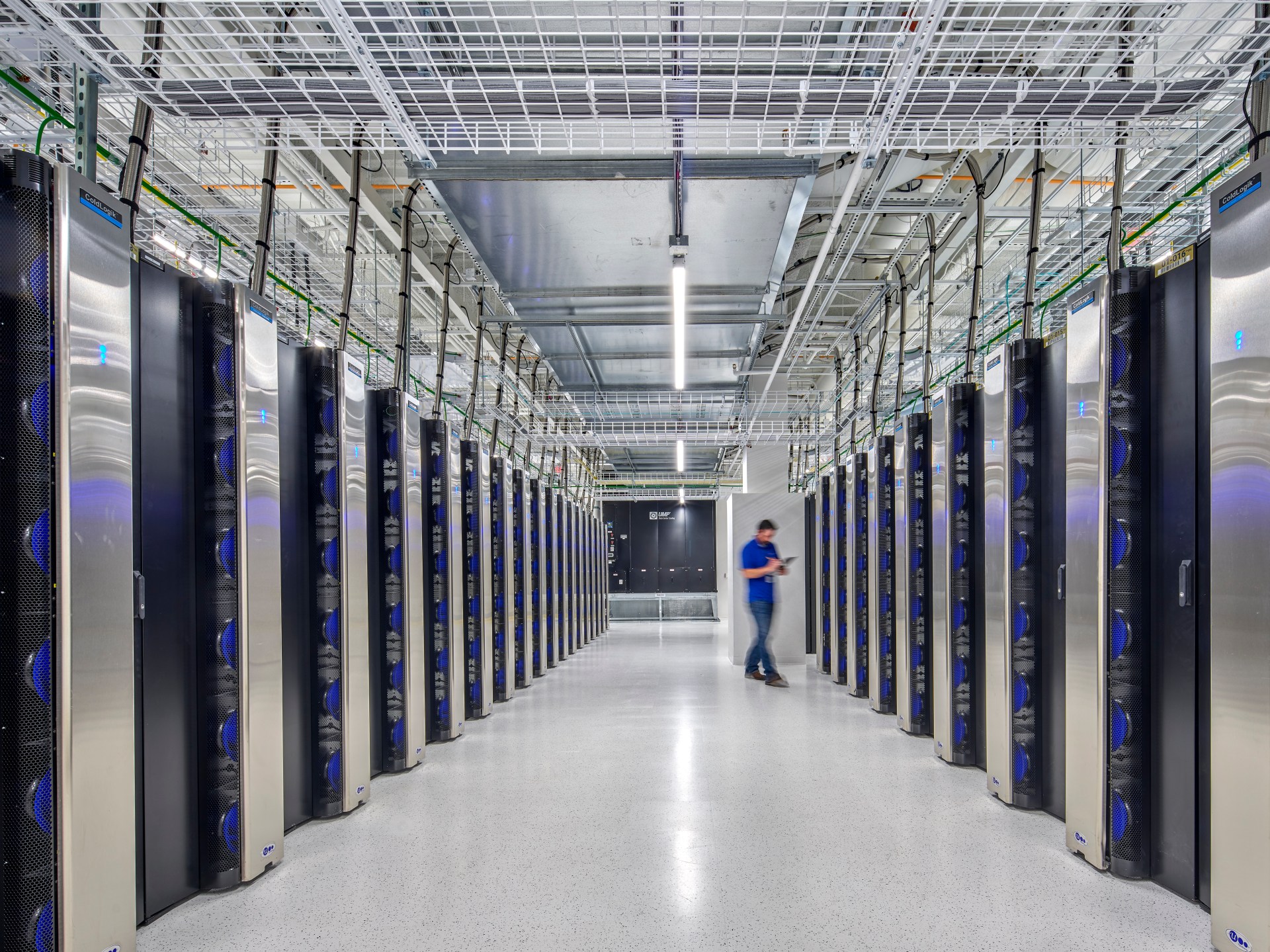A SAN (Storage Area Network) is a specialized network that provides block-level access to data storage. SANs are used to improve the performance of data storage and retrieval processes. Here is a quick guide to what you need to know about a SAN (Storage Area Network).
Types of SANs (Storage Area Networks)
There are three main types of SAN (storage area network). They are block-level, file-level, and object-level. Here is a quick guide to the different types and how they compare.
Block-level SAN
A block-level SAN operates at a low level, providing access to individual blocks of data on a storage device. Block-level SANs are typically used in high-performance applications that require fast access to data, such as databases and virtualization environments.
File-level SAN
A file-level SAN operates at a higher level than block-level SANs. File-level SANs provide access to files and directories stored on a storage device. They are hence typically used in file-serving and file-sharing applications.
Object-level SAN
An object-level SAN operates at the highest level of abstraction. Object-level SANs provide access to data objects, such as individual files and directories, as well as their metadata. They are typically used in cloud-based data storage solutions. These are places where data objects are stored and managed in a centralized repository.
Components of a SAN (Storage Area Network)
A SAN (Storage Area Network) is composed of several key components that perform different functions in the network. These components are:
Host Bus Adapter (HBA)
HBAs are hardware components installed in servers. They provide the physical connection between the server and the SAN network. This enables them to transmit data between each other.
Fiber Channel Switches
Fiber Channel switches are responsible for routing data and managing network traffic. They provide fast and efficient data transmission between servers, storage devices, and other network components.
Fiber Channel storage arrays
Fiber Channel storage arrays are storage devices that are directly connected to the SAN network. They offer centralized storage and efficient data management and access. Fiber Channel storage arrays come in different form factors, such as disk arrays and tape libraries. They also have various storage capacities to cater to different storage needs.
Cabling and connectors
Cabling and connectors are the physical links that connect the components of the SAN network. They provide a secure and reliable connection for data transmission. The quality of the cabling and connectors used directly affects the performance of the SAN.
Technologies used in a SAN (Storage Area Network)
In addition to the hardware components, a SAN (Storage Area Network) also uses the following technologies.
Fibre Channel protocol
SANs operate using the Fibre Channel (FC) protocol. This is a high-speed data transfer protocol designed specifically for storage networking. It, therefore, provides fast and reliable data transmission between servers and storage devices.
Zoning and LUN masking
To ensure secure and efficient data transmission, SAN networks use zoning and LUN (Logical Unit Number) masking.
Zoning allows administrators to define which servers and storage devices can communicate with each other over the SAN network. LUN masking provides a way to assign individual storage devices to specific servers.
This ensures that each server can only access the storage devices that it is authorized to access. These security features play a critical role in ensuring the reliability and security of data transmission in a SAN network.
Benefits of SAN
Here are the three key benefits of using a SAN (Storage Area Network)
Improved performance
The high-speed Fiber Channel connection and centralized data storage solution provided by SAN allow for fast access to data. This improves the overall performance of data storage and retrieval processes.
Increased availability
The centralized data storage solution provided by SAN allows for efficient data backup and disaster recovery. This reduces the risk of data loss in the event of hardware failure or other system issues.
Scalability
With a SAN (Storage Area Network), administrators can easily add new servers and storage devices as their storage needs grow. This makes it possible for organizations to continue to store and manage large amounts of data as their storage requirements grow.
Drawbacks of SAN
Here are the three key potential drawbacks of using a SAN (Storage Area Network)
Complexity
The setup and configuration of a SAN network can be complex, requiring specialized knowledge and training. This complexity can make it difficult for organizations to implement and manage a SAN network, particularly for those with limited IT resources.
Interoperability
Ensuring that a SAN network integrates seamlessly with other data storage solutions, such as cloud storage, can be challenging and require specialized knowledge and expertise.
Cost
Implementing and maintaining a SAN network can be expensive, requiring the purchase of specialized hardware and software components, as well as ongoing maintenance and support costs.




